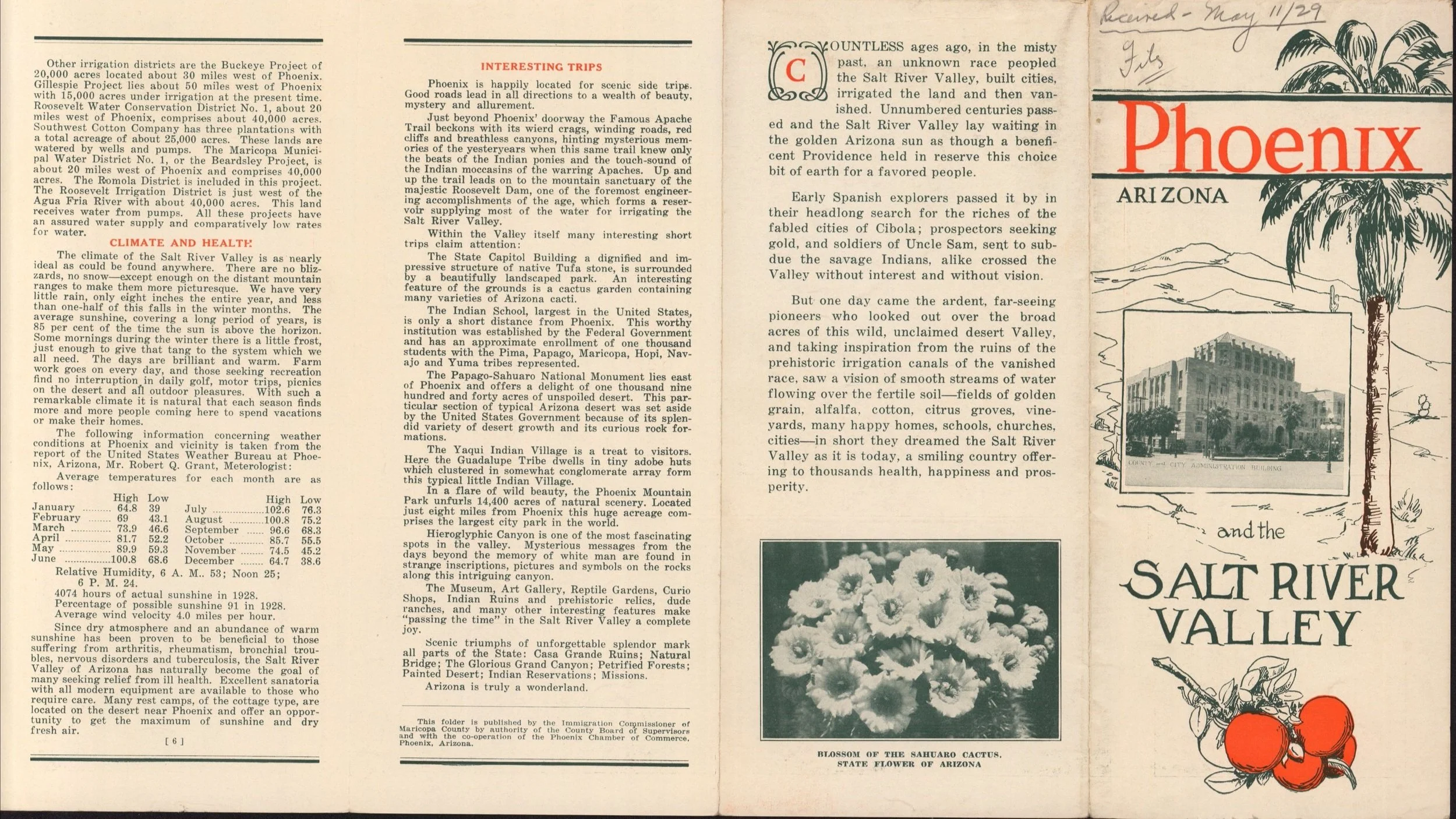Reclaiming Our Rivers
“Auntie Sweetie” opens an event at the Salt River with a Salt blessing and land acknowledgment of her people’s relationship to the river over generations.
The Salt River — a place that weaves together generations, ecosystems, and cultural struggles. My work with Protectors of the Salt River and my research into the Salt River | Rio Salado | Onk Akimel have given me a front-row seat to a story of environmental harm, cultural disruption, and deeply embedded inequities. What resonates most is momentum building around this river’s restoration and plan for redevelopment.
The Salt River, at one time flowed irregularly through Arizona, has been scarred by decades of decisions prioritizing industrial and urban growth over ecosystems and communities. Yet, it remains a lifeline: a source of cultural identity, environmental balance, and community strength—if we can reclaim it.
A System of Barriers and Loss
The story of the Salt River reveals what happens when systems fail to center people and places:
Water Rights Over Communities: Arizona’s "first in time, first in right" laws have favored industry and agriculture, siphoning water from the riverbed and leaving restoration efforts gasping for resources.
Industrial Zoning and Runoff: Urbanization and unregulated industrial activity have turned parts of the river into dumping grounds, poisoning habitats and groundwater.
Cultural Disruption: Indigenous communities like the Akimel O’odham and Pee Posh, whose lives and traditions depended on the river, were systematically cut off from their water. The loss wasn’t just agricultural—it was cultural, spiritual, and generational.
These systems of harm are historic and they echo today. South of the Salt River in Phoenix, redlining pushed communities of color into neglected neighborhoods exposed to pollution and industrial zoning. These legacies live on in environmental injustices and health disparities that demand urgent repair.
But There’s Another Narrative: Resilience and Reconnection
What gives me hope—and inspires my work—is witnessing the movement to restore the Salt River and reimagine its future:
Protectors of the Salt River are reclaiming their stewardship role, advocating for restoration rooted in community priorities and Indigenous knowledge.
Rio Reimagined, inspired by Ed Pastor and the late Senator John McCain’s vision, is driving a bold collaborative effort to bring ecological health, green infrastructure, and public spaces back to the river.
These projects are about healing systems of harm. They represent an opportunity to reimagine who has access to the river, how its resources are valued, and how communities can lead the way forward.
Design Empowerment PHX offers a vision for a vacant acre of land to redevelop along the Salt River that would offer a much needed cultural space for South Phoenix residents.
What I’ve Learned
As a consultant in community-driven planning and restorative practices, this work has reinforced a truth I carry into every project:
The most sustainable solutions emerge when we center the voices of those most impacted.
Restoring the Salt River is about listening to Indigenous leaders who have stewarded this land for generations. It’s about addressing systemic inequities that have concentrated harm on marginalized communities. It’s about creating frameworks where public, private, and Tribal efforts can align—not compete.
This is the kind of work I’m committed to: connecting environmental justice, cultural preservation, and urban planning to create outcomes that are equitable, inclusive, and lasting.
Looking Ahead
Reclaiming the Salt River is is about restoring relationships—to the land, to each other, and to histories that must be honored. It’s about building systems where ecological health and community well-being are non-negotiable priorities.
I’m encouraged by the momentum building. I’m honored to play a role in supporting projects like Protectors of the Salt River and amplifying the powerful leadership of Indigenous advocates, community organizers, and environmental stewards.
As I continue this work, I invite you to join me in asking:
How can we listen and act in ways that honor communities closest to the harm?
What systems do we need to dismantle and rebuild to create a just, sustainable future?
What role do we each play in reconnecting to the places and people who sustain us?
The Salt River’s story is one of resilience. It reminds me that restoration is possible—when we show up, listen, and take action together.
Onward,
Nikki




